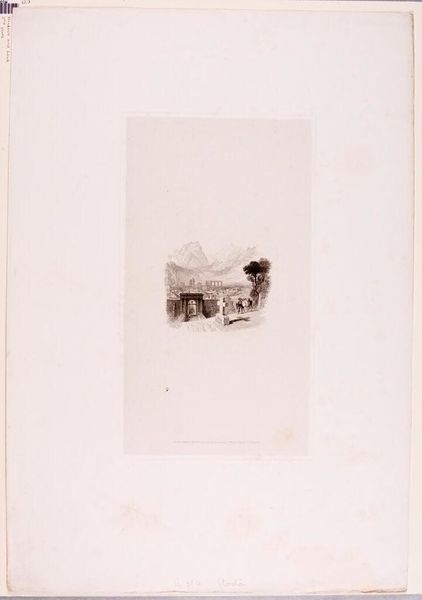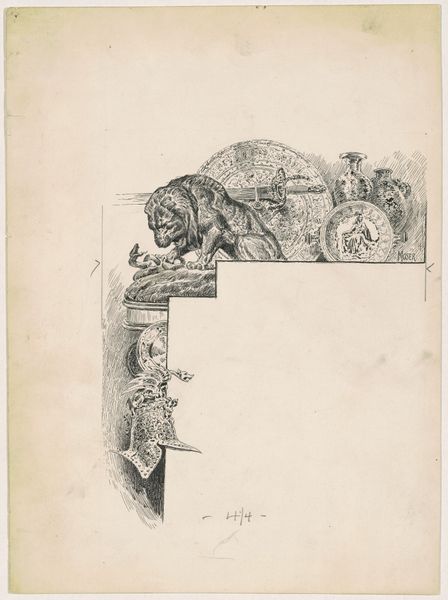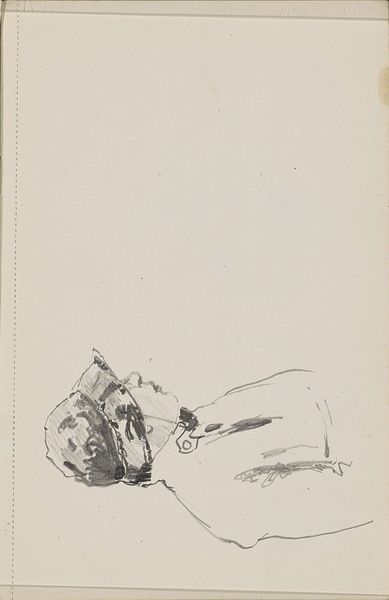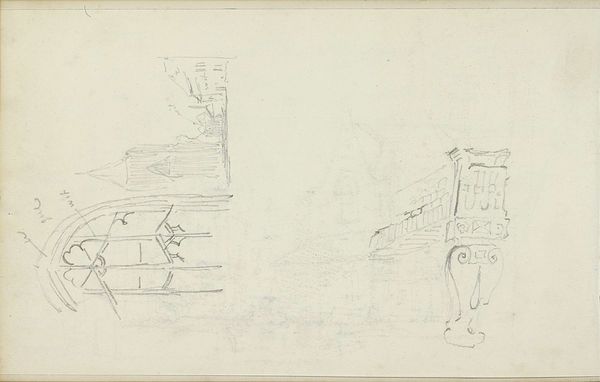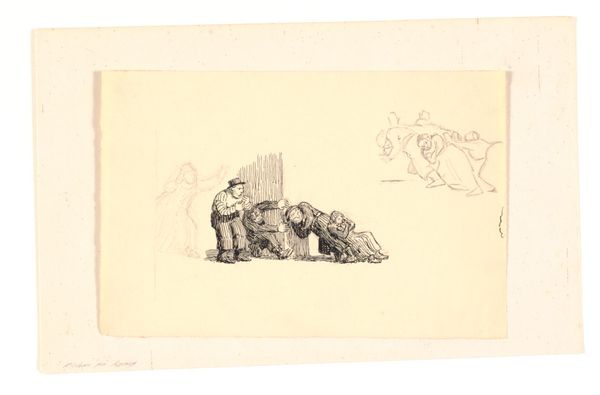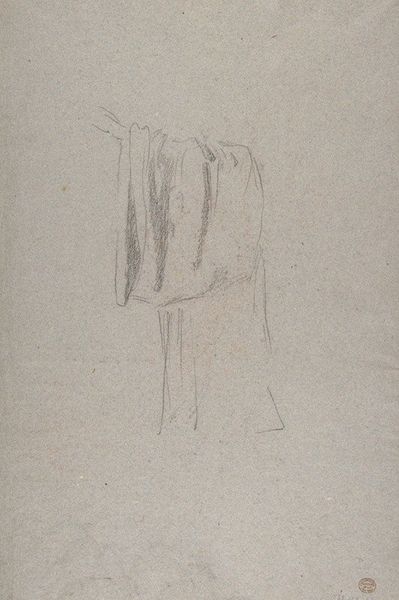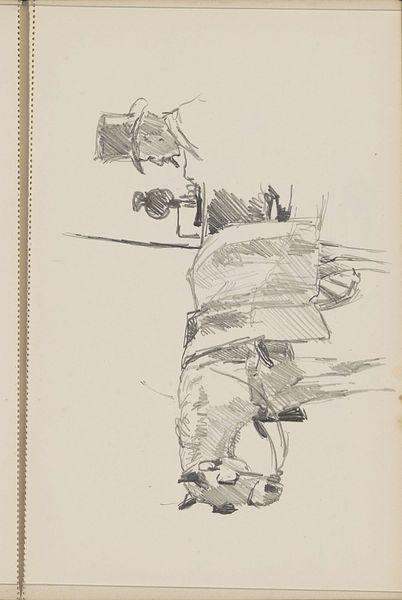
drawing, pencil
#
drawing
#
pencil sketch
#
landscape
#
romanticism
#
pencil
#
realism
Dimensions: height 425 mm, width 271 mm
Copyright: Rijks Museum: Open Domain
Editor: Here we have "Three Harnessed Horses," a pencil drawing from 1828 by Gijsbertus Craeyvanger, at the Rijksmuseum. The drawing is delicate; almost unfinished, I would say. What strikes you when you look at the formal elements? Curator: The sketch presents a study in tonal values, wouldn't you agree? Consider the varying degrees of shading achieved solely with pencil. Notice the deliberate choices in contrast, highlighting certain forms while allowing others to fade. How do the artist's strategic use of light and shadow affect your interpretation of depth and form? Editor: Yes, I can see how the light creates the volume of the forms, particularly the bucket and the horses' bodies. The contrast seems to set the tone as well. So how does this formal structure play into meaning or the style? Curator: Formally, it evokes a sense of the classical drawing; observe how the economy of line doesn't distract from a sense of depth. The artist creates realistic forms from something inherently abstract: a pencil drawing on paper. Think of the semiotic dimension; what is this a sign of? What concept is communicated? Editor: I guess it is representing the everyday. Perhaps the romanticism tag stems from depicting a peaceful rural life through the ordinary form of labor. It shows labor and the beauty that lies therein, almost elevating it. Curator: Precisely. Notice how it deviates from hyperrealism by including sketches of horse heads not in context; the artist appears focused on achieving realism with the parts that construct the form without being tied to the complete structure, as if not wanting to fetishize perfection. This brings up an interesting discussion on the essence of what is realism and its structural foundation. Editor: So interesting. Thank you, this new way of thinking about structure and meaning is really helpful. Curator: Indeed. Applying formalist frameworks can unlock exciting possibilities.
Comments
No comments
Be the first to comment and join the conversation on the ultimate creative platform.





